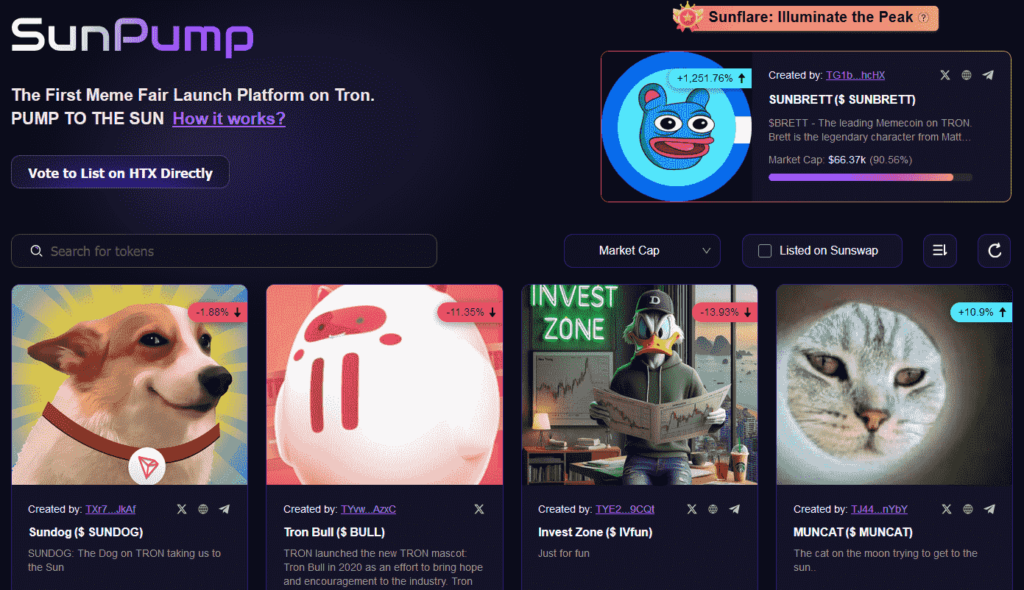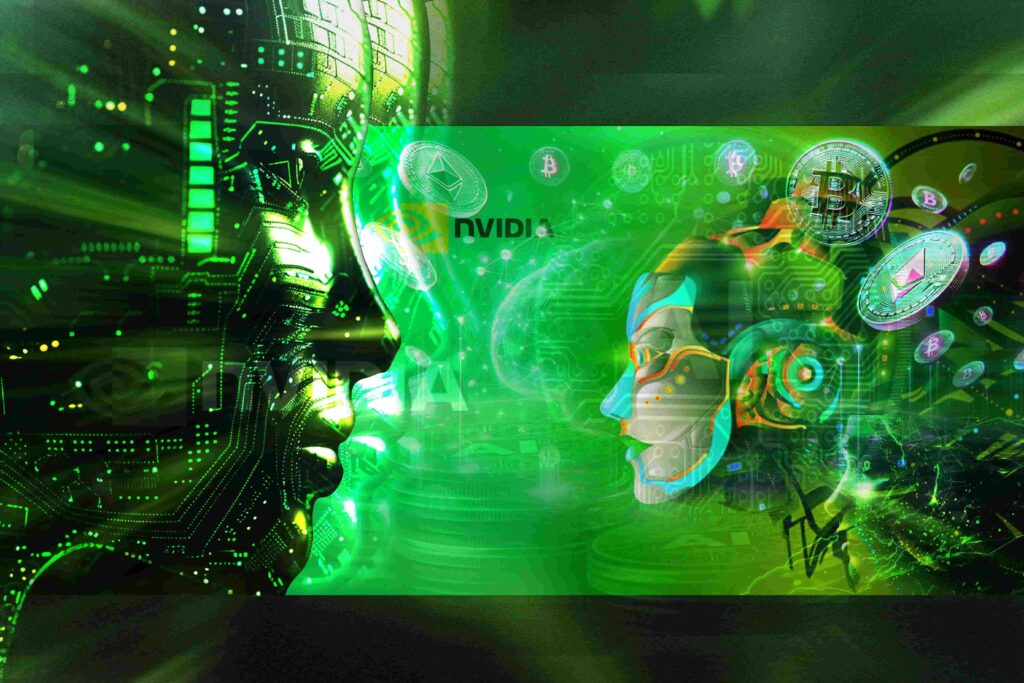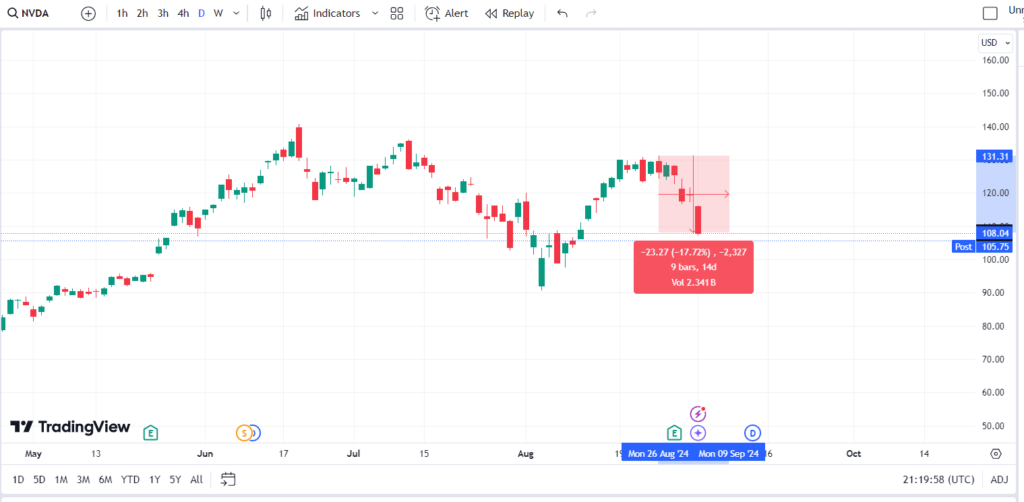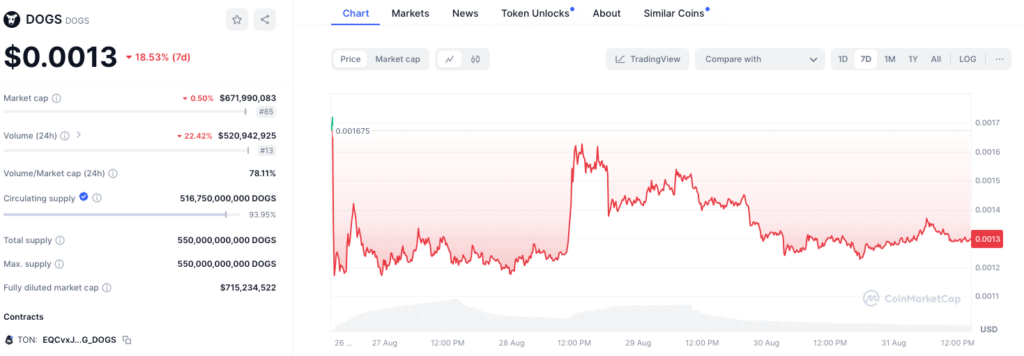The Tron blockchain, established by the TRON Foundation in Singapore in July 2017, has recently cemented its position as a significant new player in the ever growing memecoin sector.
As an EVM-compatible chain, Tron supports smart contracts written in the Solidity programming language, functioning similarly to Ethereum and Binance Smart Chain. Tron’s shrewd founder, Justin Sun, emphasizes the blockchain’s speed and low transaction fees as key network advantages, positioning and aggressively marketing Tron as the ideal network for NFT and memecoin trading.
Despite its growth, Tron has faced skepticism, particularly concerning centralization, the large amounts of stablecoins it has in circulation, and potential market manipulation.
However, there has been consistent bullish momentum of Tron’s native TRX token (and other coins on its blockchain) ever since the bear market lows in December 2022, and this has quieted many critics. Tron’s trading volumes have surged, with the network recently hitting $280.4 million in daily volume and generating $5.4 million in revenue on August 21 alone – a new all-time high.

Tron’s Bullish Price Action
The bullish performance of Tron and its native TRX token remains an outlier to its EVM competitors and other layer-1 chains, which have struggled with low or poor price action in mid 2024 as the early bullrun fizzled out. When comparing the charts, Tron is less than 10% from its 2021 bull run highs, while its most obvious competitor; Solana, is approximately 50% from its own 2021 highs.

Tron’s Effect on Solana
Many market spectators have suggested that Solana’s bullish price action after its lows in 2022 are caused by memecoin mania. This craze arose primarily in the Solana ecosystem – with coins such as PEPE, BONK and WIF becoming deeply entrenched names due to their massive gains during this past year. WIF in particular is now ranked as the 55th most valuable crypto by market cap, with a staggering $1,606,879,830 in total market cap.
The effect that these memecoins have had on the Solana blockchain is undeniable. But with Tron recently launching SunPump, many believe that an even greater number of crypto users might soon be migrating over to Tron. One attraction is the relatively low market cap of many of the Tron memecoins, which offers the possibility for greater gains if the crypto market turns bullish.
Time will tell what effect this will have on Solana, but competition from Tron has thrown a bear among the pigeons of the Solana memecoin community. Metrics have shown a recent decline in transactions on the Solana network as Tron continues to attract memecoin users.
The rise of Tron created challenges for other blockchain networks – especially at a time when the markets are in limbo and prices generally trending lower in anticipation for rate cuts and presidential elections in the USA.
What is SunPump
A significant development for Tron has been the launch of SunPump, a platform for deploying and trading memecoins. Similar to PumpFun on Solana, SunPump allows users to create and launch their own memecoins on the Tron network, providing a new stimulus to the memecoin sector, which had previously relied heavily on Solana tech. Since its launch on August 9, SunPump has generated over 8.4 million TRX in revenue. That’s valued at approximately $1.4 million.
Justin Sun has suggested that the fees from SunPump could reach $100 million by the end of 2024, with him promising on Twitter that 100% of the revenue generated will go towards burning TRX, a move aimed at reducing supply and potentially increasing the token’s market price. This strategy has bolstered investor confidence and greater interest in the crypto sector, with many viewing it as a positive step toward growing the value of the TRX token. Justin Sun has been very proactive in marketing their new memecoin platform and it underscores his confidence in Tron’s future.

Biggest coins on SunPump
Before mentioning some of the biggest gainers on the SunPump ecosystem, a word of caution to all novice traders; SunPump and other similar memecoin deployers allow anyone to make their own coins. The inherent risk from ‘rug pulls’ is very real so do your own research, and only trade what you are willing to lose. Mindplex does not give financial advice. That being said, many traders have already made small fortunes in the few weeks since the launch of the SunPump platform. Some of the biggest gainers have been:
- Sundog ($SUNDOG): Up over 260× since its launch two weeks ago
- Tron Bull ($BULL): Up over 18× since launch
Visit the SunPump website for a complete list.
Tron Stablecoins Spark Concerns
However, Tron’s rapid growth in 2024 has brought up several concerns that could affect its future. A primary concern is the large amount of stablecoins circulating on the Tron blockchain, particularly Tether (USDT).
Stablecoins have long been an integral part to the crypto ecosystem, but the dominance of stablecoins on Tron has led to questions about the network’s decentralization.
Additionally, the reliance on stablecoins like USDT, which is controlled by a centralized entity, contradicts the core principles of decentralization that blockchain technology was built upon. As of 2024, a higher portion of USDT transactions occur on the Tron blockchain than any other blockchain (even Ethereum).
While the large amount of stablecoins have increased liquidity and user activity on Tron, it could increase regulatory scrutiny in the U.S. and European markets.
Regulatory challenges loom large for Tron. In 2023, it received charges from the SEC for violating securities laws. In 2024, regulators worldwide have further increased scrutiny on stablecoin issuers and the platforms that host them, calling for greater transparency, audits, and compliance with anti-money laundering and KYC regulations.
Tron’s DPoS consensus mechanism, while allowing for fast and efficient transactions, concentrates power in the hands of a few validators, raising concerns about potential centralization and the room for actions being taken on the network without sufficient consensus from network participants.
The Tron network’s rapid growth has raised concerns about its security and scalability. As more dApps, DeFi projects, and memecoins are built on Tron, the network’s infrastructure is being put to the test. While Tron’s network allows for high throughput, it is not immune to network congestion and potential vulnerabilities. Ensuring the security and scalability of the Tron network will be crucial to maintaining its leading position in the blockchain industry.

Conclusion
The rise of Tron in 2024 has been remarkable. From its origins as a content-focused platform to its current status as a major blockchain player and memecoin platform, Tron has demonstrated it can innovate and adapt to market demands. The launch of SunPump and the subsequent memecoin boom have highlighted Tron’s strengths, but also brought to light important concerns that must be addressed.
But for now, things are looking very positive for the Tron network and its TRX token.With plans to enhance the use of their own USDD stablecoin, and founder Justin Sun’s belief that the blockchain’s revenue could soar to $4 billion within the next year if its current meme strategy proves successful, things are certainly looking up, especially if overall market conditions improve as many market participants are hopeful it will. Time will tell whether Justin Sun’s call to arms of “TO THE SUN” will become the battle cry for enthusiastic and profit-hungry crypto investors across the globe.
Let us know your thoughts! Sign up for a Mindplex account now, join our Telegram, or follow us on Twitter.






















.png)

.png)


.png)